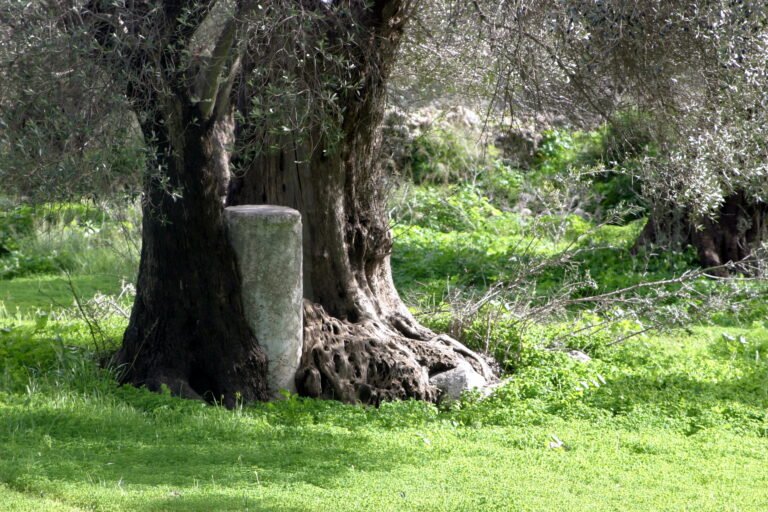Aptera – Crete’s Incredible Time Machine
Aptera is a unique Archaeological site near the city of Chania
Aptera is an amazing Archaeological site high on a hill overlooking the entrance to Souda Bay and the modern port of Chania, just a few kilometres from Chania’s city centre.

End of Minoan Period
The decline of Aptera began around 1450 BCE, which coincided with the fall of the Minoan civilisation. This decline is thought to have been caused by a combination of factors, including natural disasters, such as earthquakes and volcanic eruptions, and invasions by foreign powers, like the Mycenaeans from the Greek mainland.
Following the collapse of the Minoan civilisation, Aptera went through a period of decline, and its significance waned. However, the city continued to be inhabited and experienced a resurgence during the Hellenistic, Roman, and Byzantine periods.
Hellenistic Period (323-31 BCE)
During the Hellenistic period, following the decline of the Minoan civilisation, Aptera experienced a revival under the rule of the Ptolemaic Kingdom. The Ptolemies, a Greek dynasty that ruled Egypt after the death of Alexander the Great, exerted a significant influence over Crete and the eastern Mediterranean. This period saw the city expand and prosper, becoming an effective urban centre on the island.
Under the Ptolemies, Aptera’s cityscape was transformed by constructing various public buildings, monuments, and impressive fortifications. These changes reflected the city’s newfound wealth and status, as well as the influence of Hellenistic culture on its architecture and urban planning. Temples, theatres, and gymnasiums were built, serving as centres of the city’s religious, cultural, and athletic life.
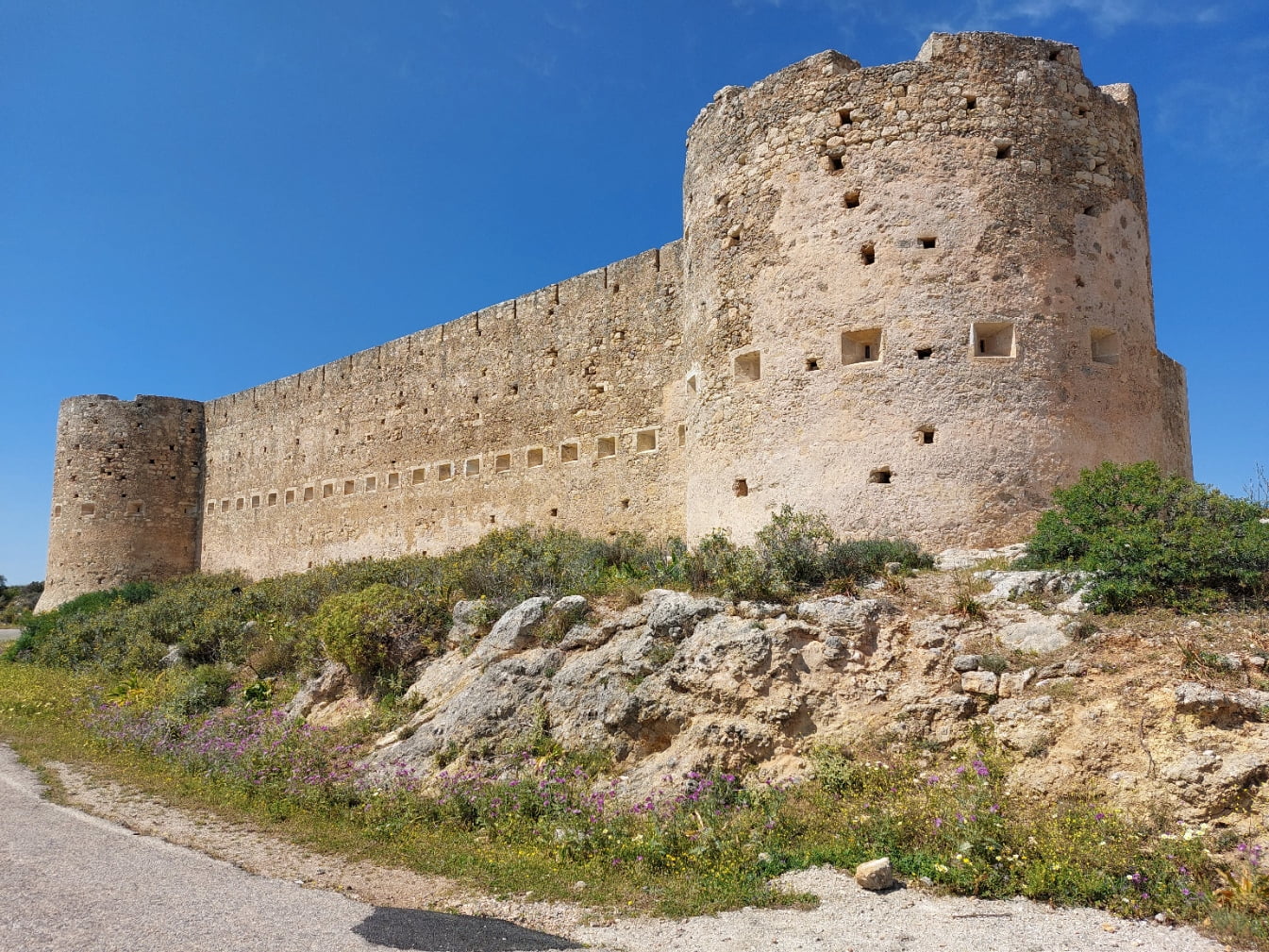
Roman Period (31 BCE – 4th century CE)
Aptera’s prominence continued into the Roman period after the Roman Empire annexed Crete in 67 BCE. Under Roman rule, the city underwent further development and urbanisation, becoming an important administrative centre in Crete and Cyrenaica.
The remains of the Roman-era infrastructure in Aptera attest to the city’s significance during this time. Among the most notable structures are the well-preserved Roman baths, which feature intricate mosaics and a sophisticated heating system known as the hypocaust. This engineering marvel circulated hot air beneath the floors and through the walls, maintaining a constant temperature within the bathing complex.
Besides the baths, other Roman structures found in Aptera include cisterns and villas. The cisterns highlight the Romans’ expertise in water management, as they were used for collecting and storing water for the city’s residents. The villas, with their luxurious decorations and spacious living quarters, provide a glimpse into the lives of the city’s elite during this period.
Aptera’s economy also flourished under Roman rule. The city benefited from its strategic location along trade routes connecting the eastern and western parts of the empire. Local industries, such as pottery and glassmaking, thrived. The city’s population grew because of the influx of traders, artisans, and immigrants.
The Roman era in Aptera ended in the 4th century CE. The city faced a period of decline because of external factors, including political instability and barbarian invasions. Despite these challenges, Aptera continued to be inhabited during the Byzantine period, leaving a rich and varied history for modern archaeologists and visitors to explore.
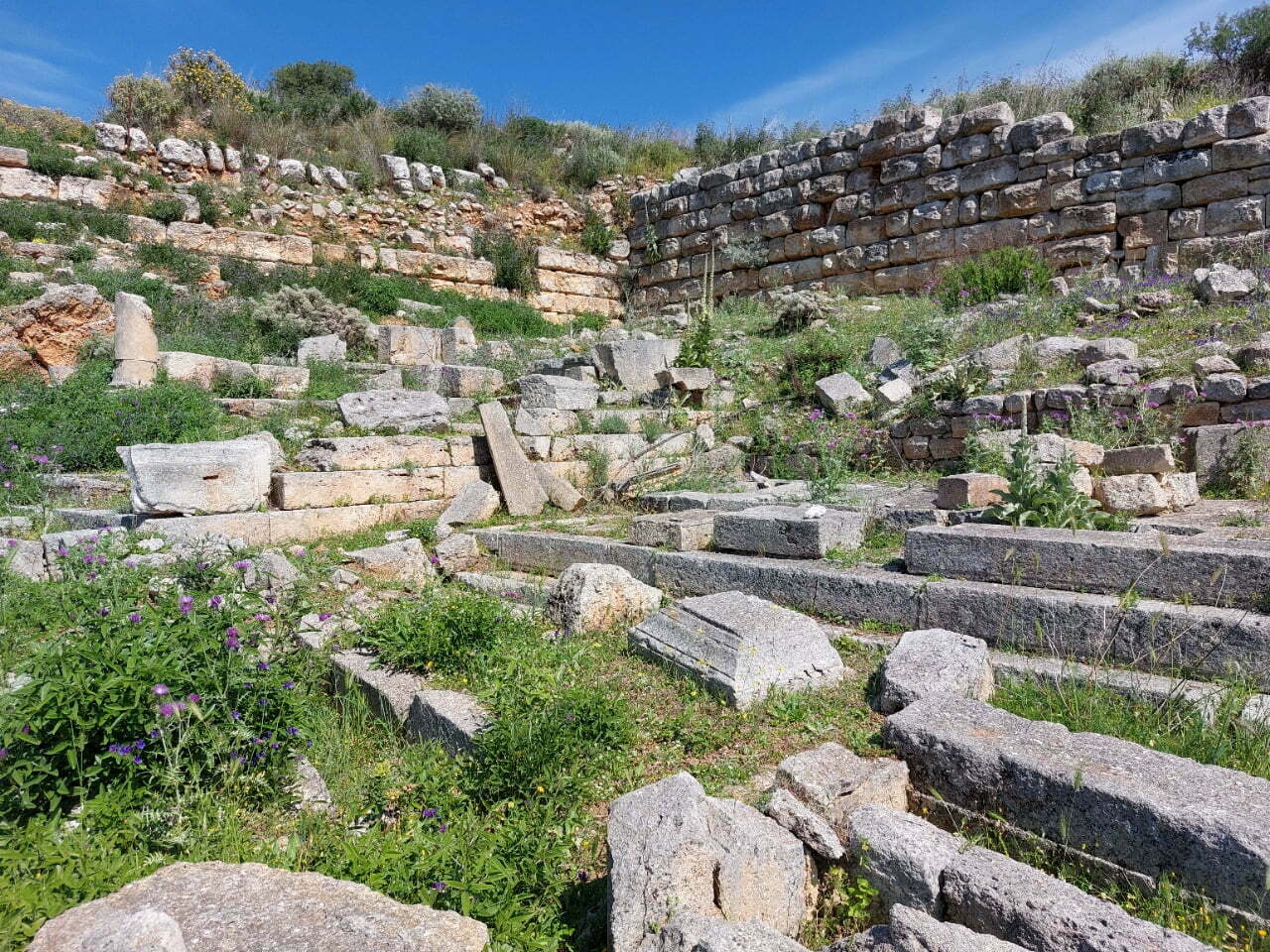
Byzantine Era (4th-13th century CE)
The rise of the Byzantine Empire ushered in another transformation for Aptera. As the eastern continuation of the Roman Empire, the Byzantines brought their distinct culture, art, and religion to the city. During the 6th century CE, a significant Christian presence emerged in Aptera, affecting its architectural landscape and society.
The construction of several basilicas throughout the city attests to the importance of Christianity in Aptera during this period. These religious structures, adorned with beautiful mosaics and intricate carvings, served as gathering places for worship and community events.
One of the most notable religious sites was the Monastery of St. John the Theologian, founded during the Byzantine era. The monastery was renowned for its beautiful frescoes, architectural details, and role as a centre of religious and cultural life in the region.
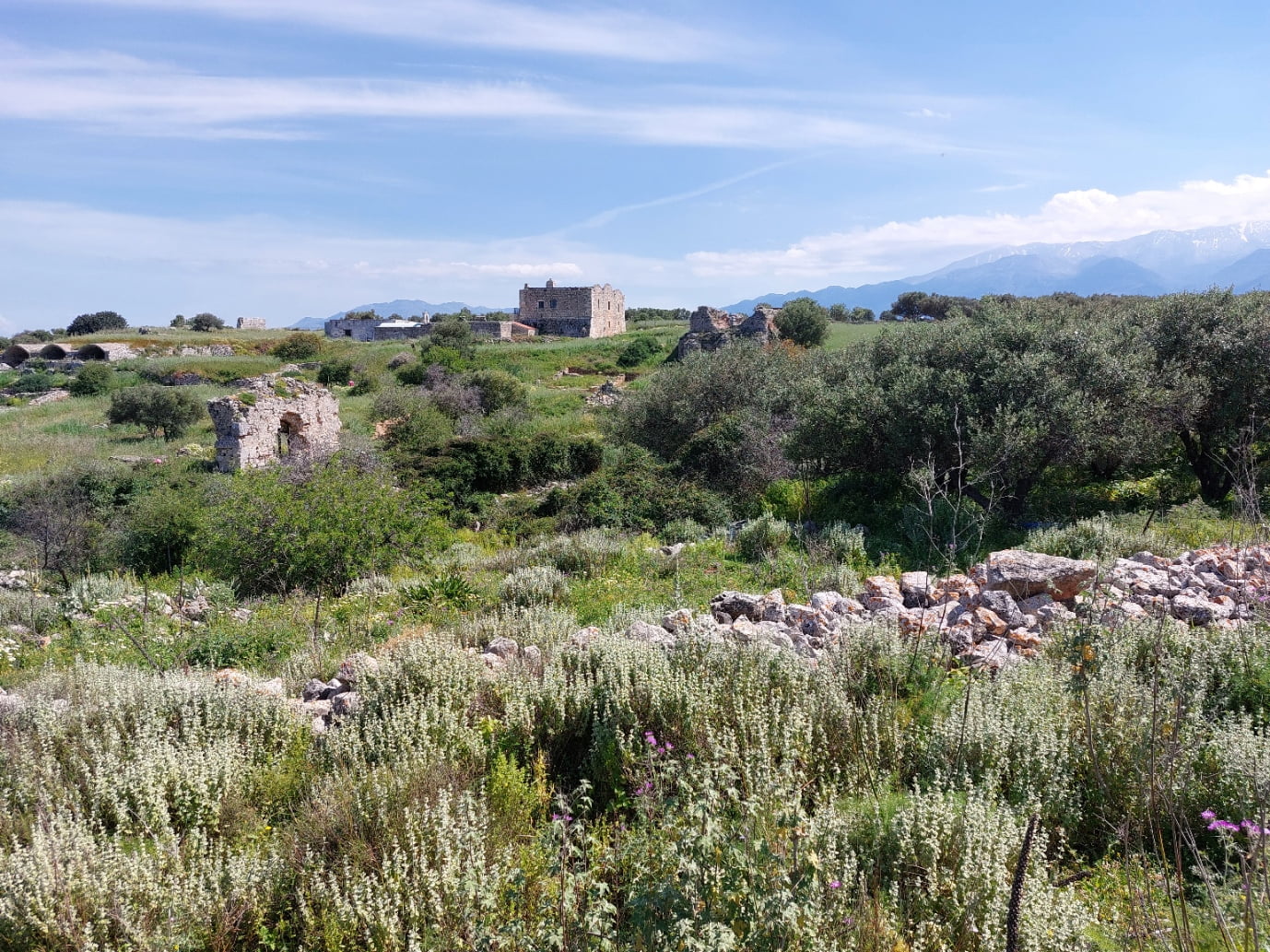
Aptera’s Decline and Abandonment
Despite its strategic location and rich history, Aptera gradually declined during the later Byzantine period. In the 9th century, the city suffered from Arab raids, which were part of a more extensive series of conflicts between the Byzantine Empire and the expanding Islamic Caliphate. These attacks weakened the city’s defences, disrupted trade, and led to a decline in population.
Besides the external threats, Aptera likely faced internal challenges, such as economic downturns, natural disasters, and epidemics. These factors, combined with the city’s vulnerability to attacks, contributed to a gradual depopulation of the area.
By the 13th century, Aptera was largely abandoned, and its once magnificent structures were ruined. Over time, the city’s remains became obscured by vegetation and the passage of time, leaving only traces of its illustrious past.
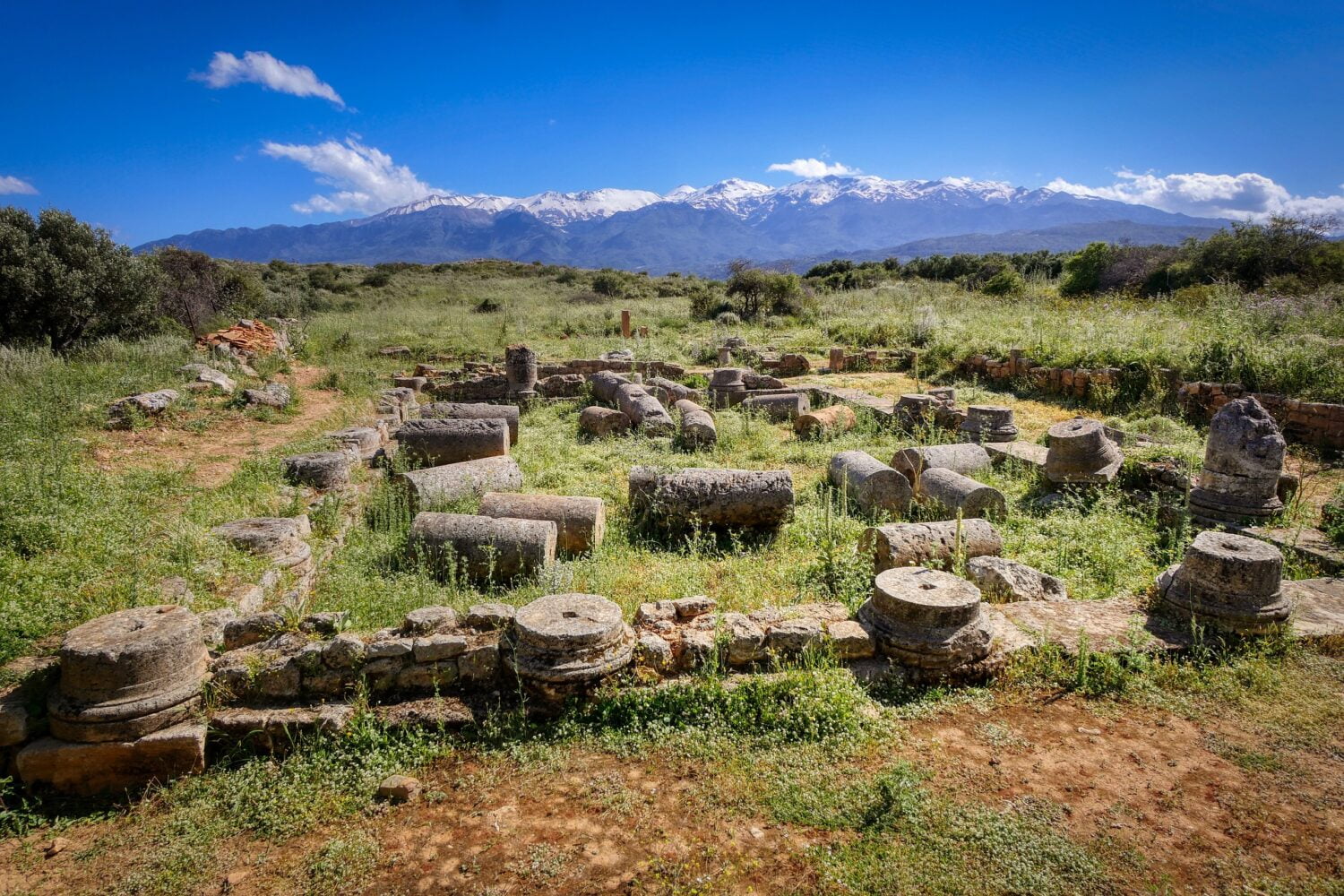
Rediscovery and Modern Significance
Archaeologists rediscovered the site of Aptera in the 19th century, sparking renewed interest in its history and archaeology. Since then, many excavations have taken place, revealing a wealth of artefacts and structures that offer insights into the city’s past and the various civilisations that shaped its development.
Today, we recognise Aptera as an important archaeological site and a testament to the diverse cultural influences that defined the ancient Mediterranean world. Visitors to the site can explore the remnants of its Minoan, Hellenistic, Roman, and Byzantine past and gain a deeper appreciation for the city’s unique historical narrative.
The ancient city of Aptera offers a captivating journey through time, revealing the rich tapestry of Crete’s history and its connections to the broader Mediterranean world. From its early roots as a flourishing Minoan city to its transformations under Hellenistic, Roman, and Byzantine rule, Aptera is a testament to human civilisations’ resilience and adaptability throughout the ages.
Visiting Aptera is a unique opportunity for tourists to immerse themselves in the diverse cultural influences that shaped this remarkable city. As you wander through the ruins, you’ll encounter the majestic remnants of Minoan palaces, Hellenistic fortifications, Roman baths, and Byzantine basilicas. Each layer of history unveils a different facet of life in ancient Aptera, allowing you to explore its inhabitants’ daily lives, artistic achievements, and engineering marvels.
The stunning panoramic views of the sea and the surrounding landscape only add to the allure of Aptera, as they reveal the strategic importance of the city’s location. As you gaze upon the horizon, you’ll gain a deeper appreciation for the city’s role as a vital trade hub and defensive outpost, as well as the allure that drew settlers to this beautiful site over three millennia ago.
Aptera’s archaeological site is a tangible link to the past, fostering a sense of wonder and curiosity for history enthusiasts and casual visitors alike. The ongoing excavations and research at the site provide a dynamic and growing understanding of ancient Aptera, making each visit an opportunity to discover something new and exciting.
In short, visiting Aptera is a must for anyone seeking to explore the rich and diverse history of Crete and the Mediterranean. Whether you are a history buff, an architecture enthusiast, or simply a traveller seeking unique experiences, Aptera offers an unforgettable journey into the past that will leave you with a lasting sense of awe and inspiration.

Table of Contents
Views: 287







